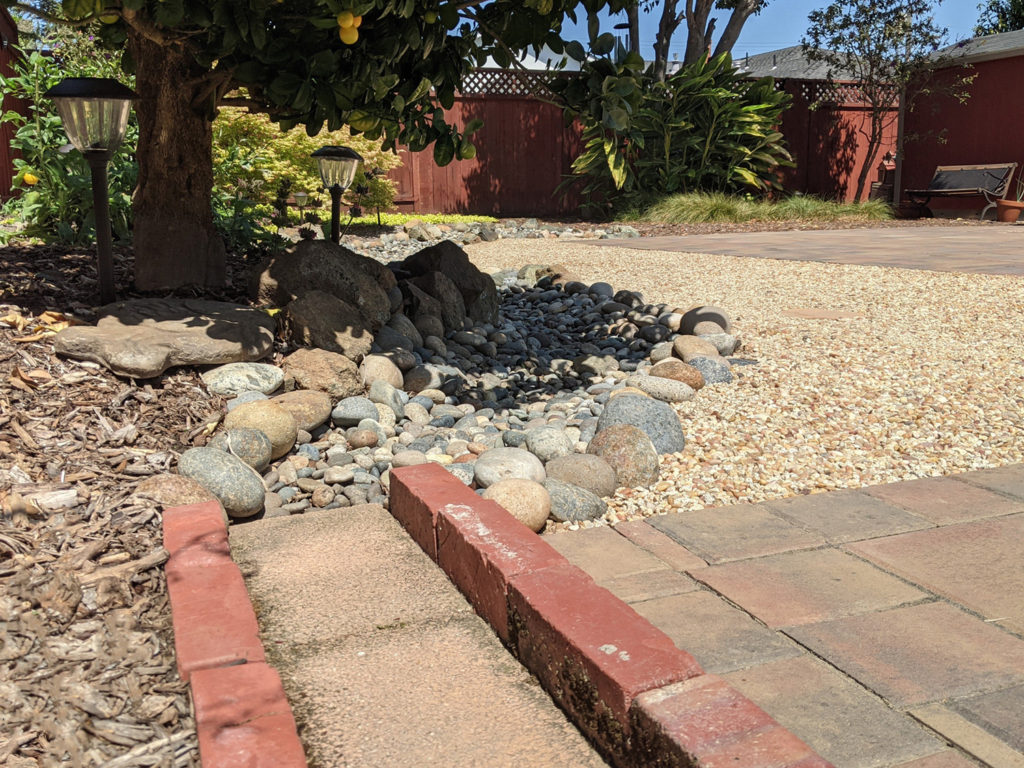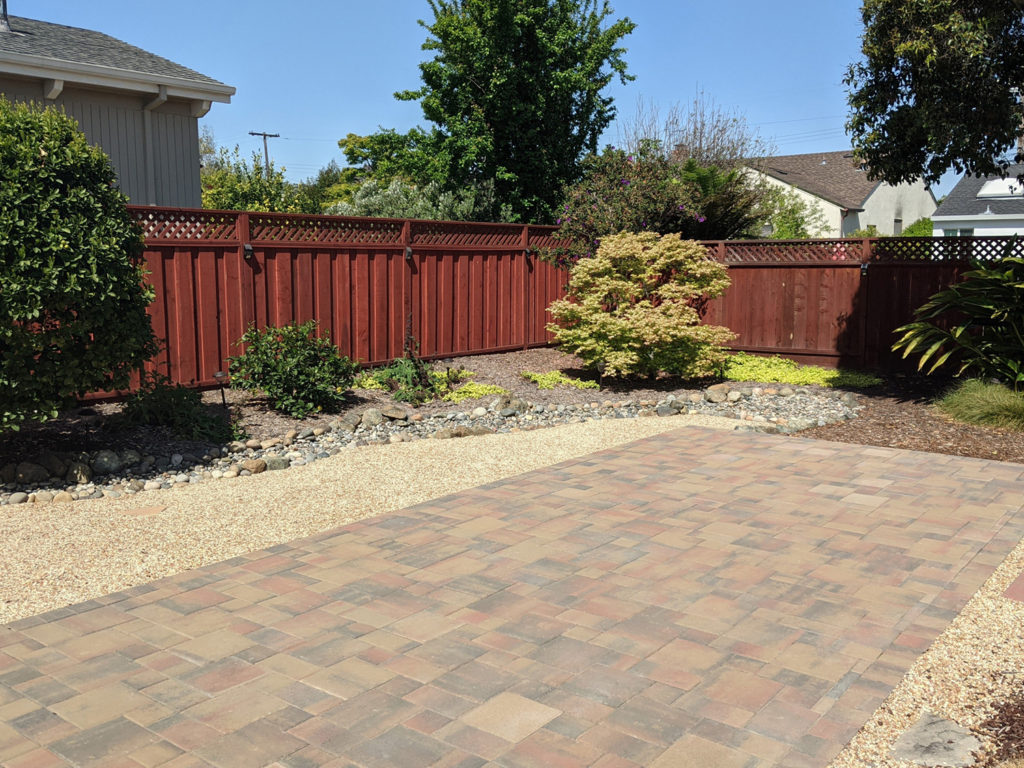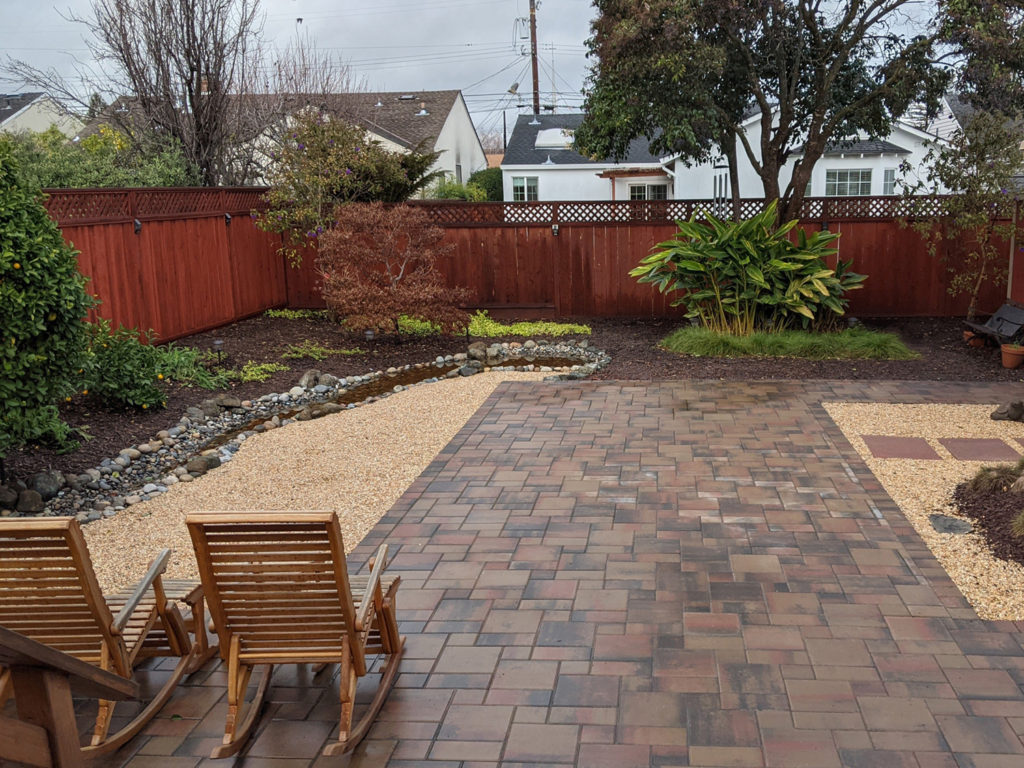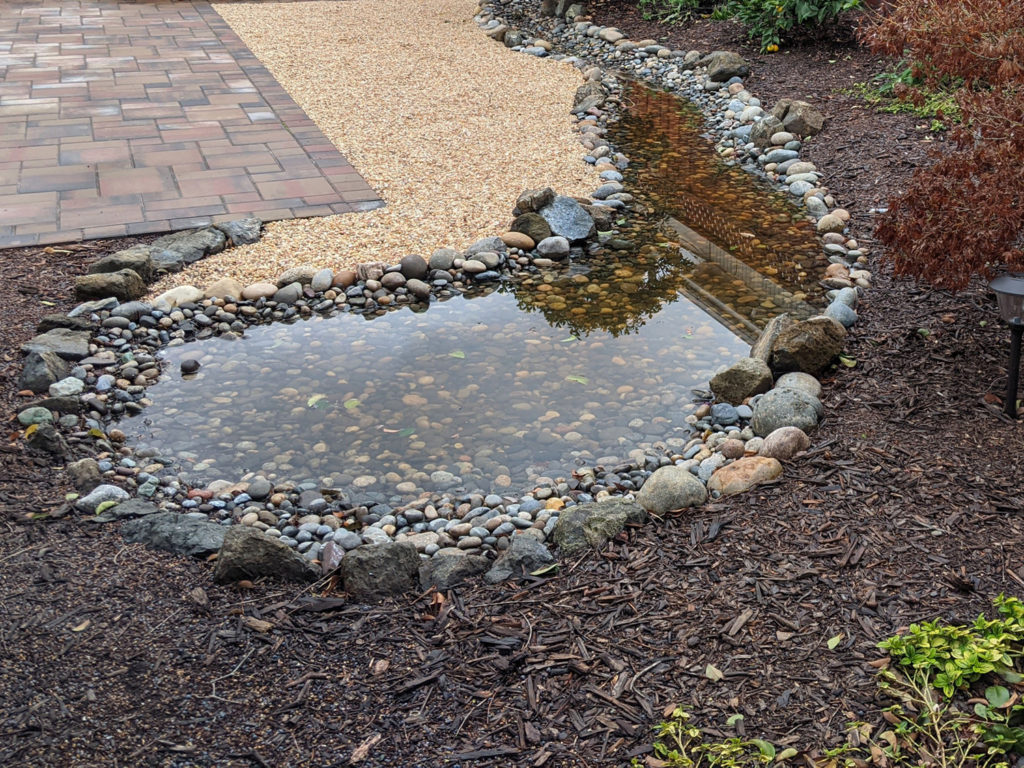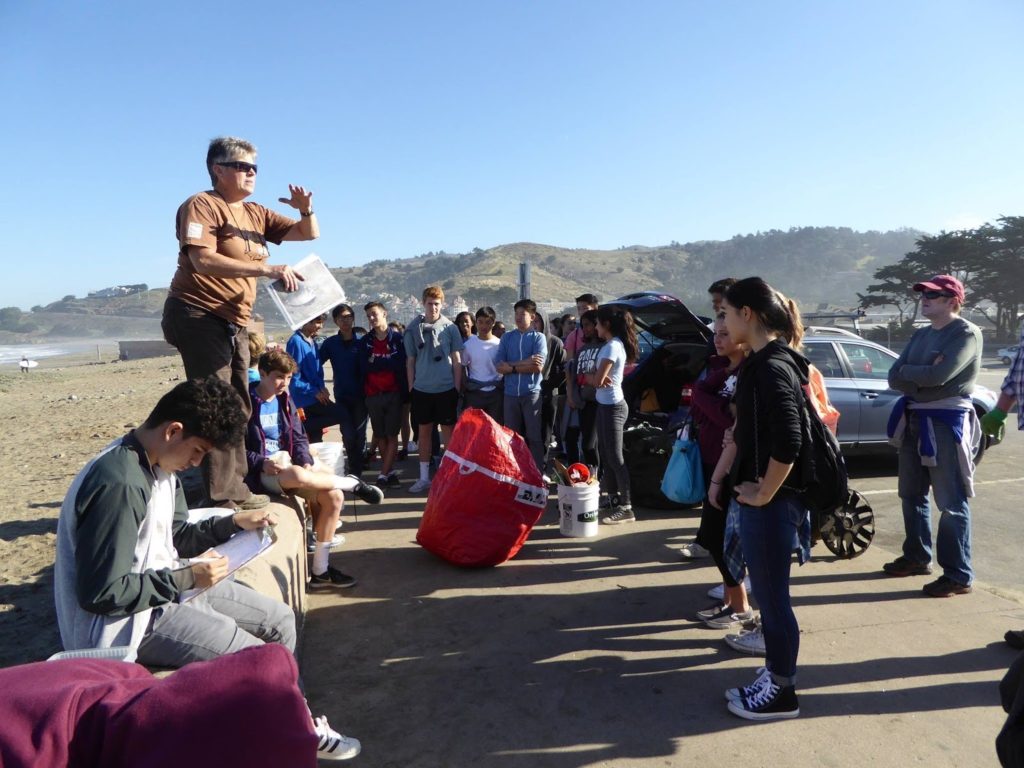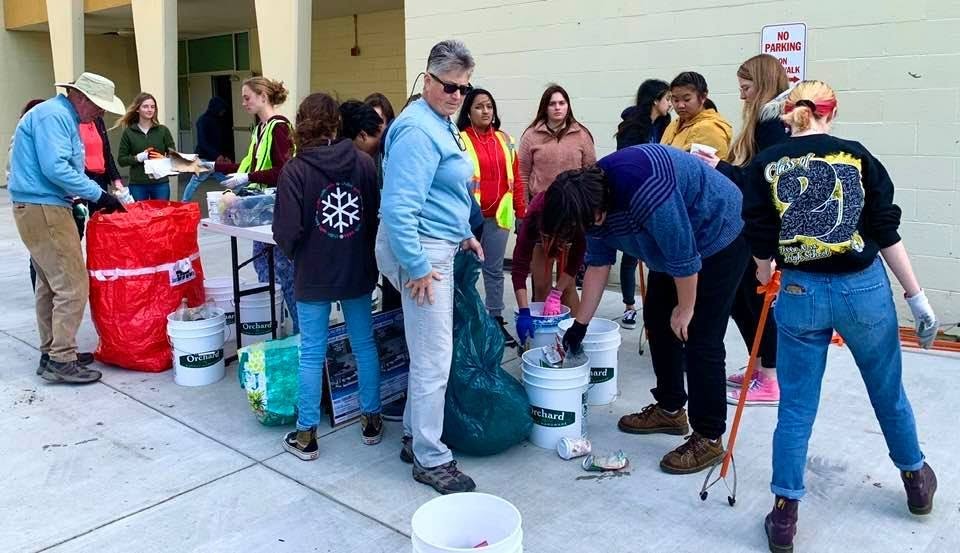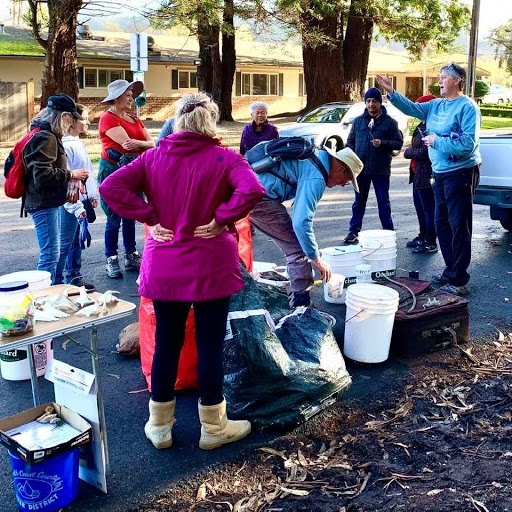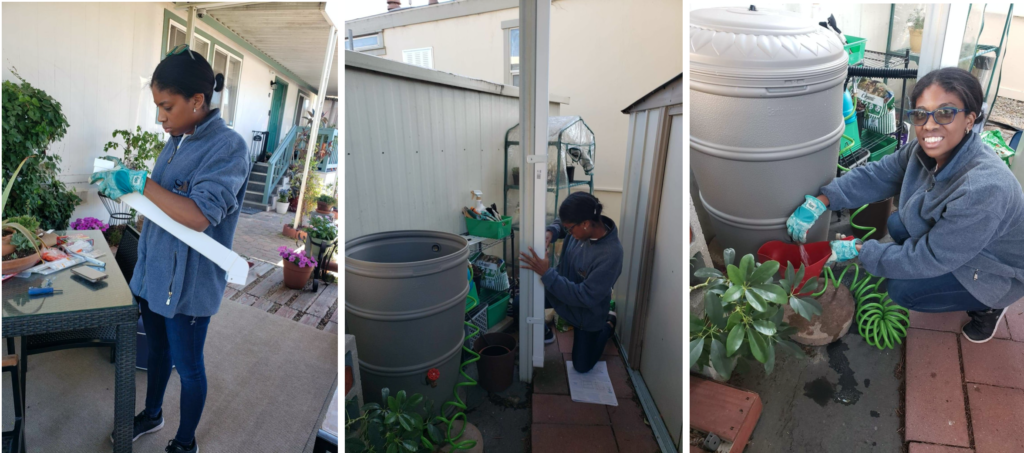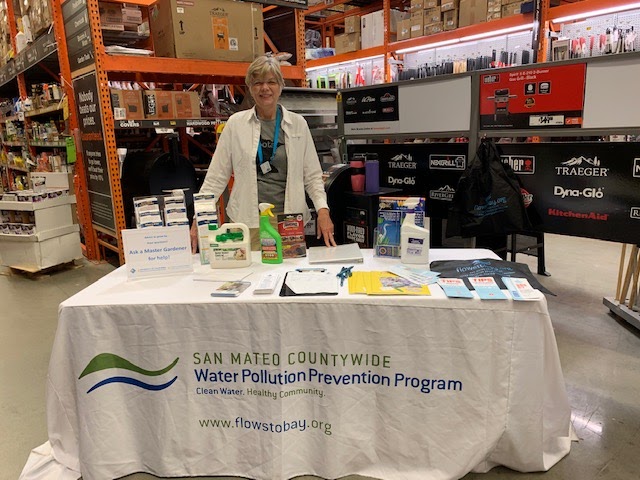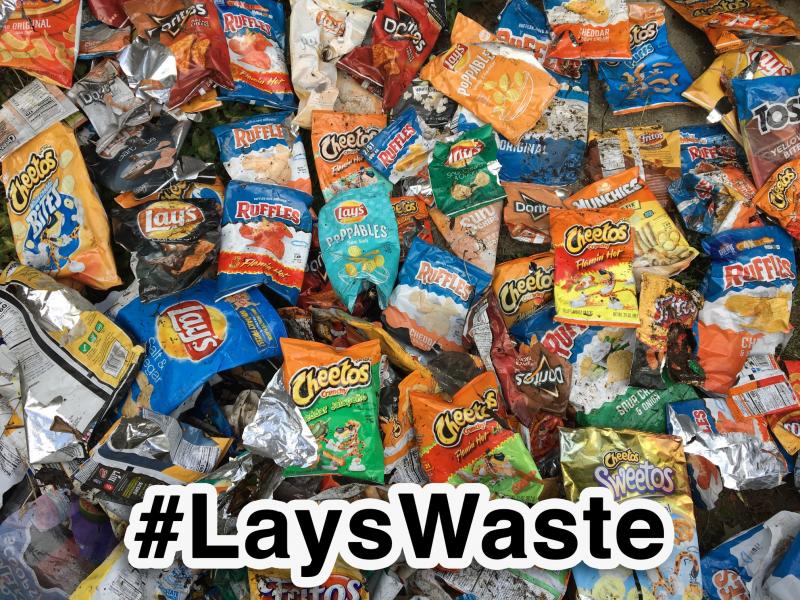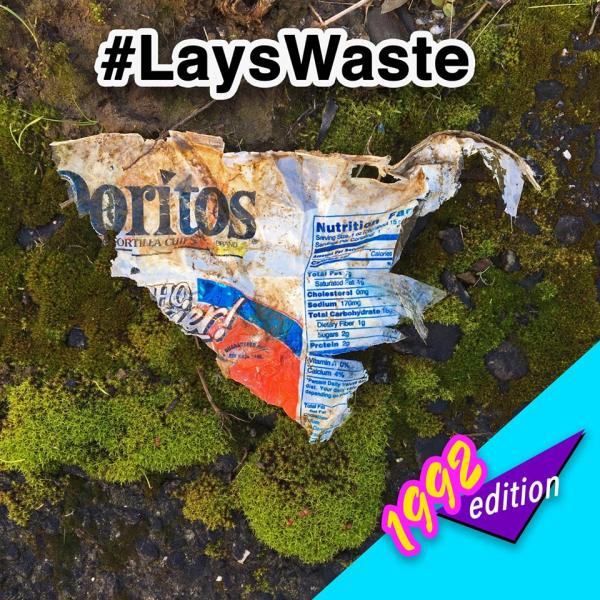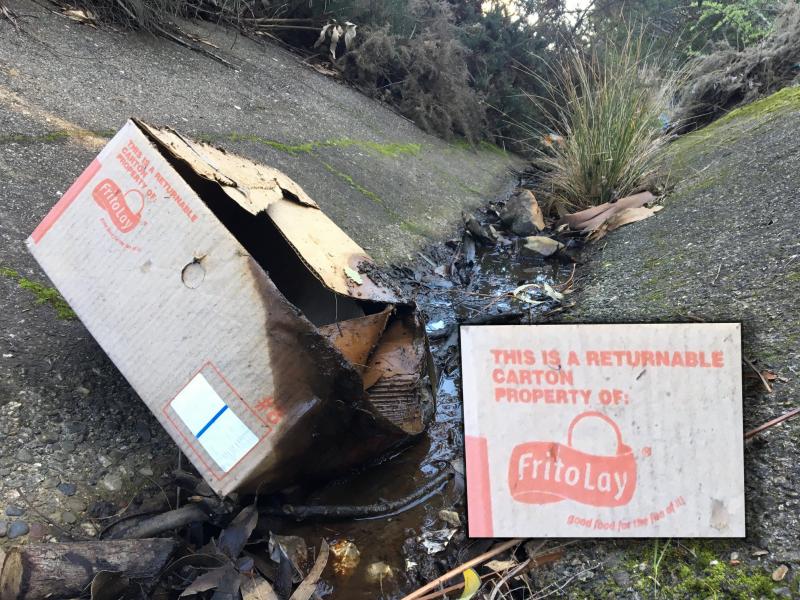Whether it’s the seafood we eat, the oxygen we breathe, or the joy we find in spending a day at the beach, everyone depends on the ocean in one way or another. However, the ocean needs our help. Our reefs are struggling, fish populations are declining, and most pertinently: plastic pollution is pervasive.
Shell Cleave, founder of Sea Hugger, saw these issues firsthand and noted, “someone had to do something.”

Driven by deep rooted care and concern for the health of our waters, Shell got to work and created Sea Hugger in 2018 with the mission “to reduce our dependence on single-use plastic and to prevent marine plastic pollution,” says Shell. Since its beginnings, Sea Hugger has developed into an innovative nonprofit that places its efforts far beyond band aid-like solutions. Sea Hugger is reducing the amount of plastic in our ocean, empowering communities to engage in marine-conscious practices, inspiring future generations, and ultimately ensuring the health of our waters for years to come through action and education.
Sea Hugger actively reduces plastic in our ocean by sponsoring local community beach clean ups and encouraging people to clean up wherever they are. The nonprofit also has a “Roomba for the ocean” known as the Seabin, which is an aquatic robot in Half Moon Bay that utilizes self-sufficient mechanics to capture plastic, microplastic, and marine oil. In a mere three months (January – March 2021), the Seabin collected 17 plastic pellets, 492 pieces of plastic, 699 polystyrene pieces, and 74 cigarette butts!
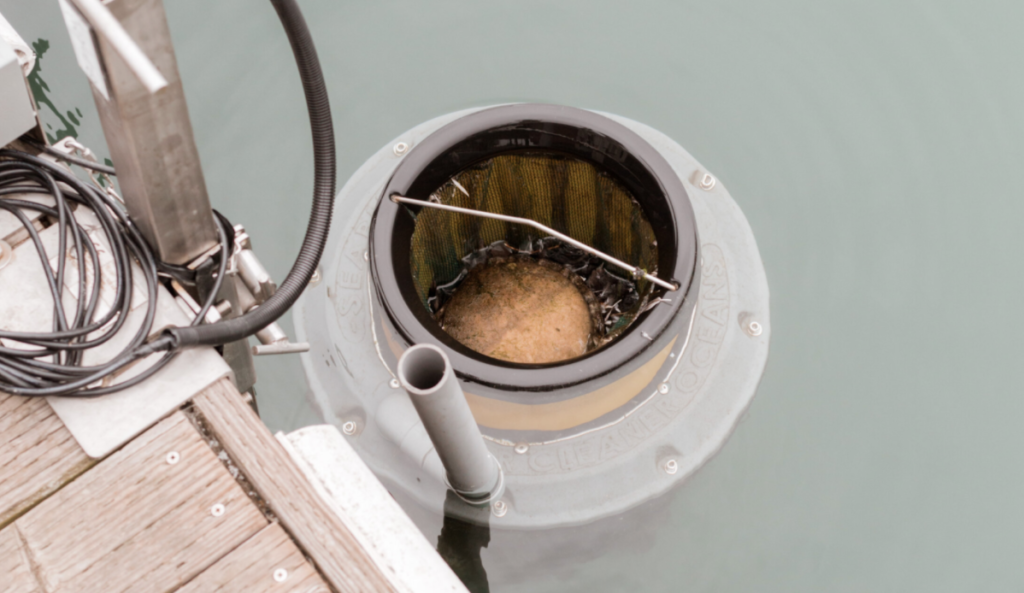
Shown in photo: The Seabin draws water into the bin, capturing microplastic, macroplastic, and marine oil in its fine mesh bag. It captures up to eight pounds of material at a time, and is emptied regularly.
Through their work, Sea Hugger has effectively achieved:

(2019-2020 Data)
However, Sea Hugger goes above and beyond plastic pollution cleanup. They acknowledge the need to address the root of our plastic pollution problem and drive systemic change. The organization thus works to prevent ocean pollution before it even gets into our waters by helping people “break their reliance on plastic by creating awareness and promoting alternatives, upcycling ideas, and reuse tips.” One can find wonderful plastic-free products right on their website, making it easy and appealing to make the switch to zero waste alternatives. Sea Hugger also works to mitigate our plastic usage on a larger scale by promoting bills such as the Plastic Free Bill and mobilizing the effort to bring back reusables to grocery stores.
Furthermore, Sea Hugger not only advocates for the wellbeing of ocean life, but also helps our communities on land.
“In response to COVID, we started an outdoor education camp to help families who were struggling with school closures and distance learning. It has been so successful that we are continuing it for Summer and after-school next year.”
-Shell Cleave
These outdoor education programs help instill longstanding care for our ocean, while providing the youth with a fun and engaging experience away from screens. Through these programs, Sea Hugger is helping students cultivate ocean-conscious habits to carry with them and pass along to friends, family, and future generations. As Shell noted: “We often have parents who tell us their kids have helped them swap out their throw-away items for reusable items, reminded them to skip things they don’t need like lids and straws, and have become anti-litter bugs! This is music to our ears!”
How Can I Get On Board with Sea Hugger?
- Try out a DIY Beach Clean Up
- Shop the online store for products that minimize your footprint
- Volunteer (Locations: Oahu, Half Moon Bay, and Imperial Beach)
- Follow on Instagram or Facebook for updates on conservation events, simple tips, and friendly reminders to get outside!
- Sign up for the newsletter for ideas on how to decrease your footprint and for more information on how to get involved
